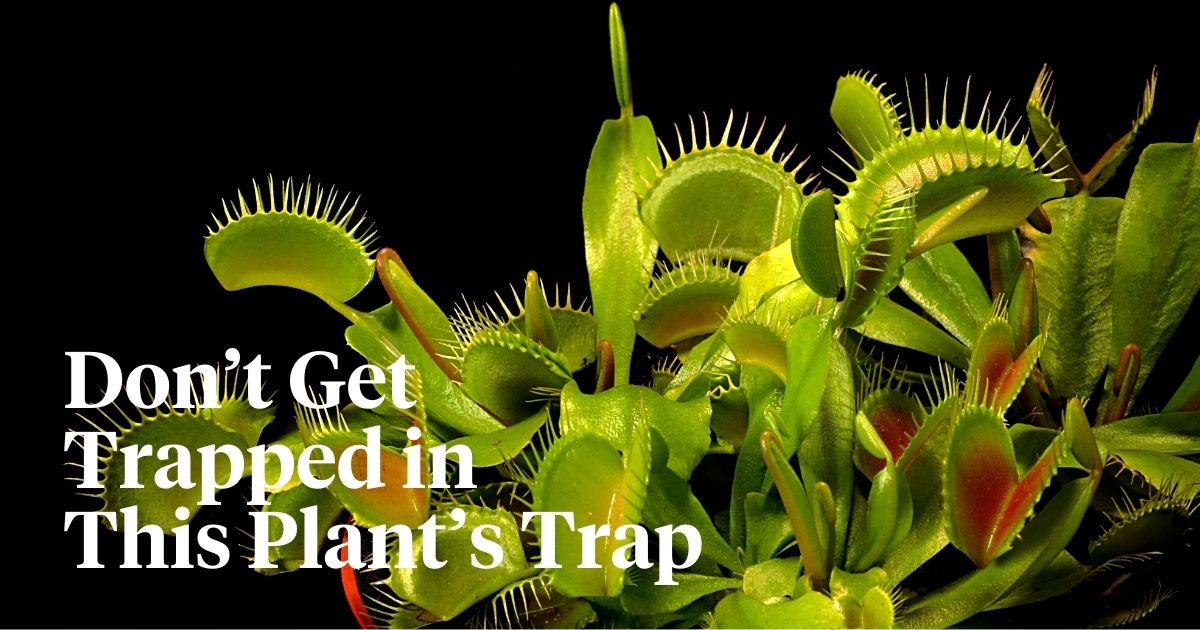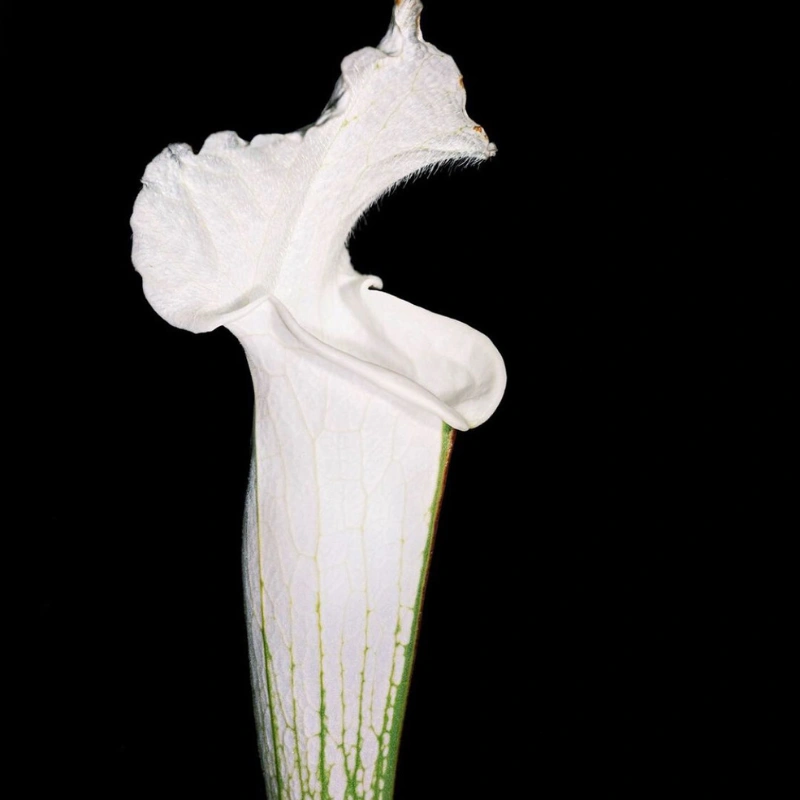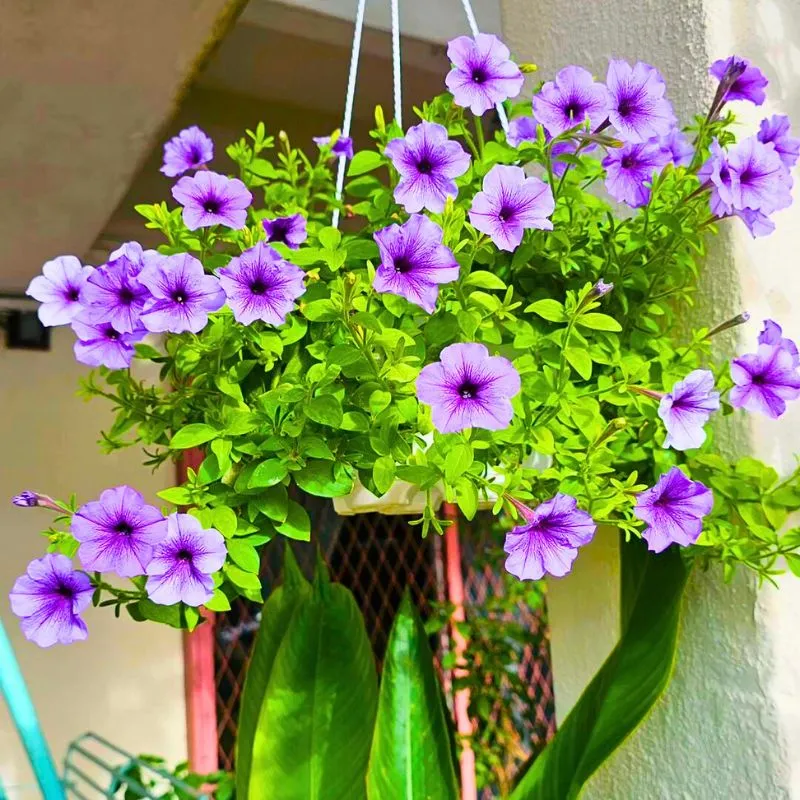The Venus Flytrap is definitely the most famous of all carnivorous plants. Its Latin name, Dionaea muscipula, commemorates a famous goddess of beauty. And Charles Darwin called the Venus Flytrap 'one of the most wonderful plants in the world'.
The Venus Flytrap can, actually, be considered a picturesque flower, despite its notorious reputation as a carnivorous plant. Its unique appearance and fascinating mechanisms make it an intriguing and often fascinating plant for many people.
What Is a Venus Flytrap?
Venus Flytraps are carnivorous plants that are native to the wetlands of North and South Carolina in the United States. It is one of the most well-known carnivorous plants due to its unique mechanism of trapping and digesting insects and other small prey. Its scientific name, Dionaea muscipula means 'mouse-catching Dionaea'.
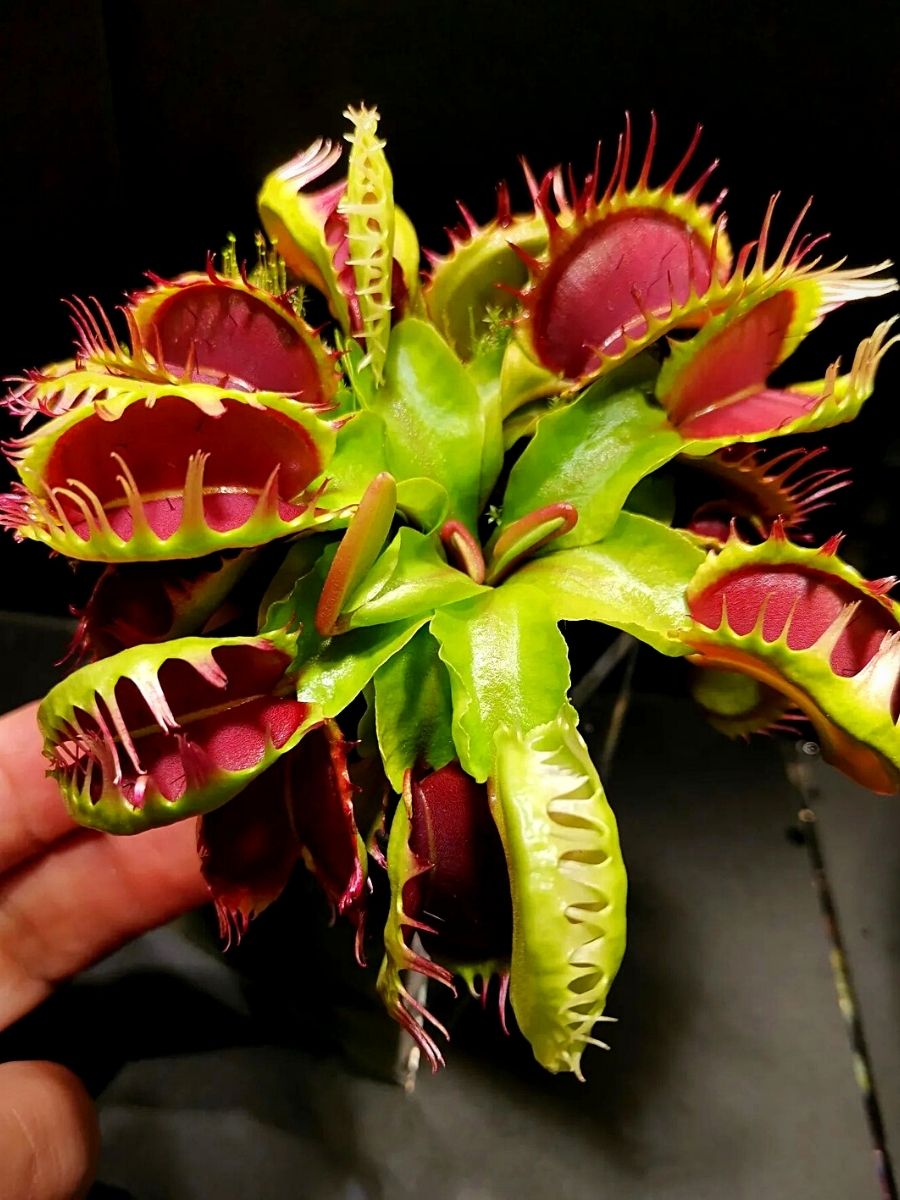
Photo by @sundewrex.cheung
Specifically, the Venus Flytrap plant is a perennial plant that grows in the acidic soil of wetlands. It has a rosette of leaves that are modified into traps, which are formed by two lobes that are hinged together and lined with small, sensitive trigger hairs.
How Does a Venus Flytrap Work?
When an insect or other small prey touches the trigger hairs, the two lobes of the trap snap shut, trapping the prey inside, hence its name 'flytrap'. The Venus Flytrap's flower-trapping mechanism is incredibly fast and precise. When the trigger hairs are touched, an electrical signal is sent to the cells in the trap.
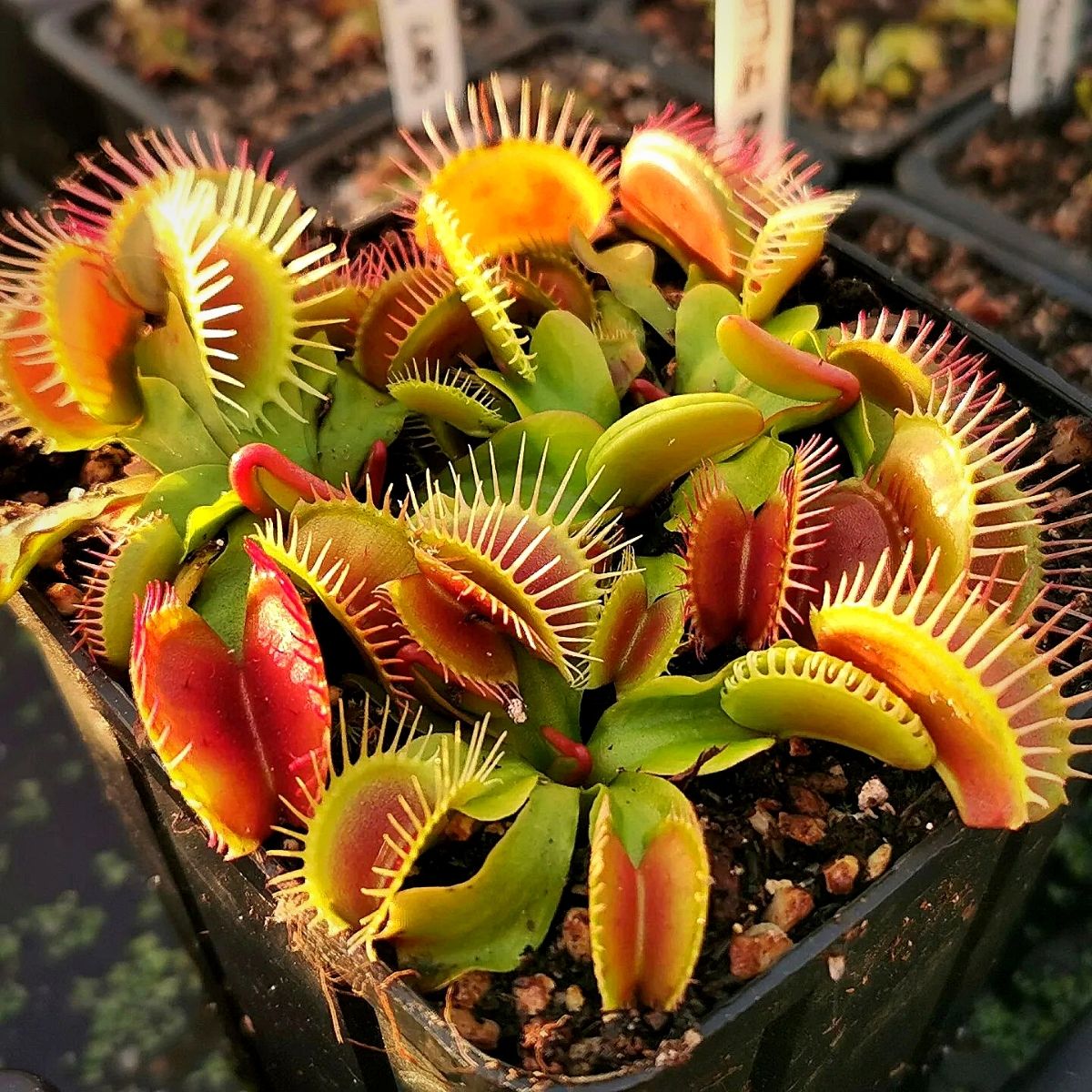
The cells then rapidly pump water out of their walls, causing the trap to close. Believe it or not, this whole process takes less than a second, making this plant one of the most incredible, and which inevitably draws a lot of curiosity around the world.
Once the trap has closed, the fly trap flower begins to digest its prey. The inner surface of the trap is lined with tiny glands that secrete enzymes to break down the insect's body. The Venus Flytrap is capable of digesting not only insects but also spiders, mites, and other small invertebrates.
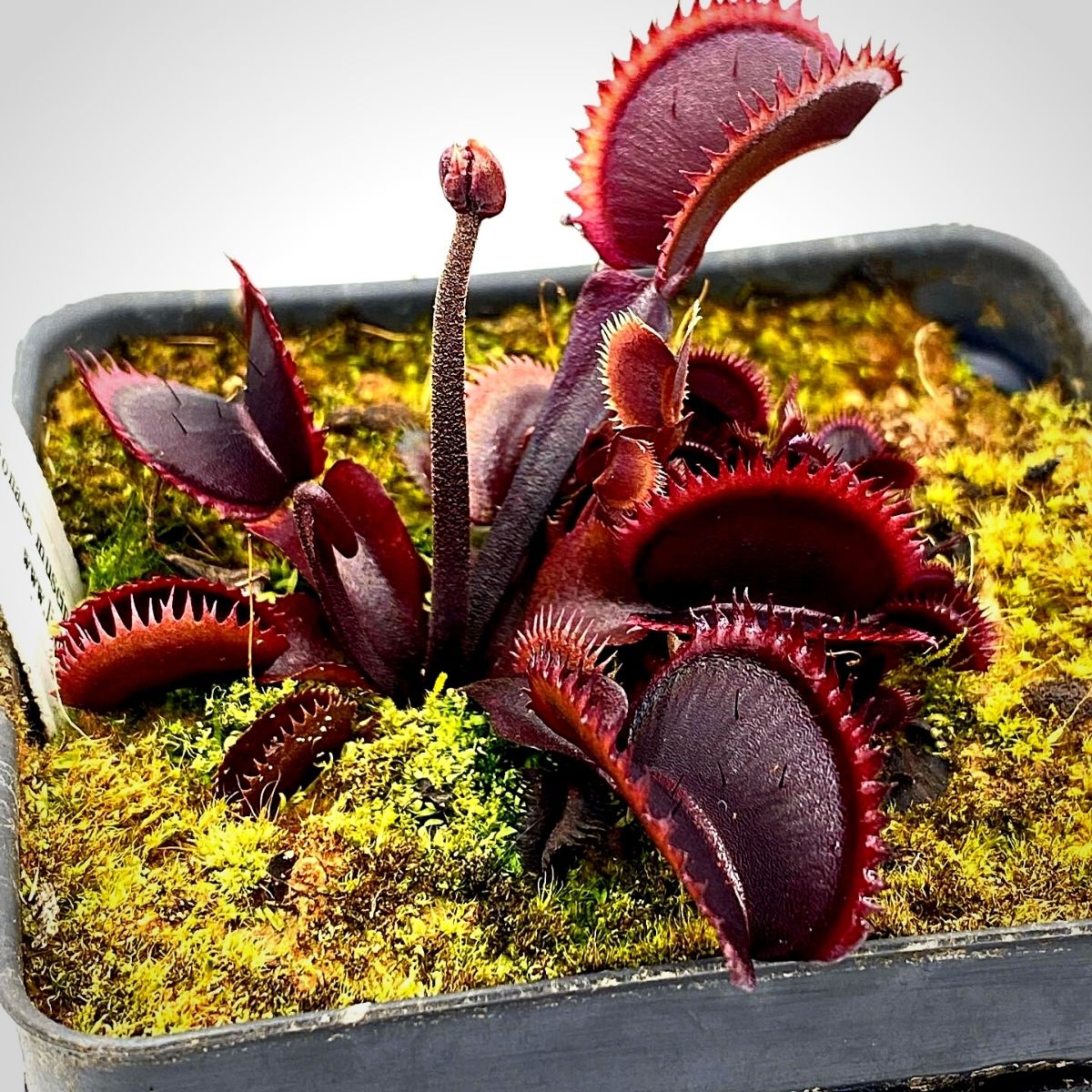
How Do Venus Flytraps Digest?
The digestion process can take several days, depending on the size of the prey. Once the carnivorous plant has absorbed all of the nutrients from the prey, it opens up again, revealing the empty exoskeleton of the insect.
In addition to its unique trapping mechanism, the Venus Flytrap plant is also known for its striking appearance. The leaves of the plant are bright green and have red coloring around the edges of the traps. When the plant is in bloom, it produces tall stems with small, white flowers.
This is a popular plant for cultivation, but it requires specific Venus Flytrap care conditions to thrive. It prefers acidic soil that is constantly moist but not waterlogged.
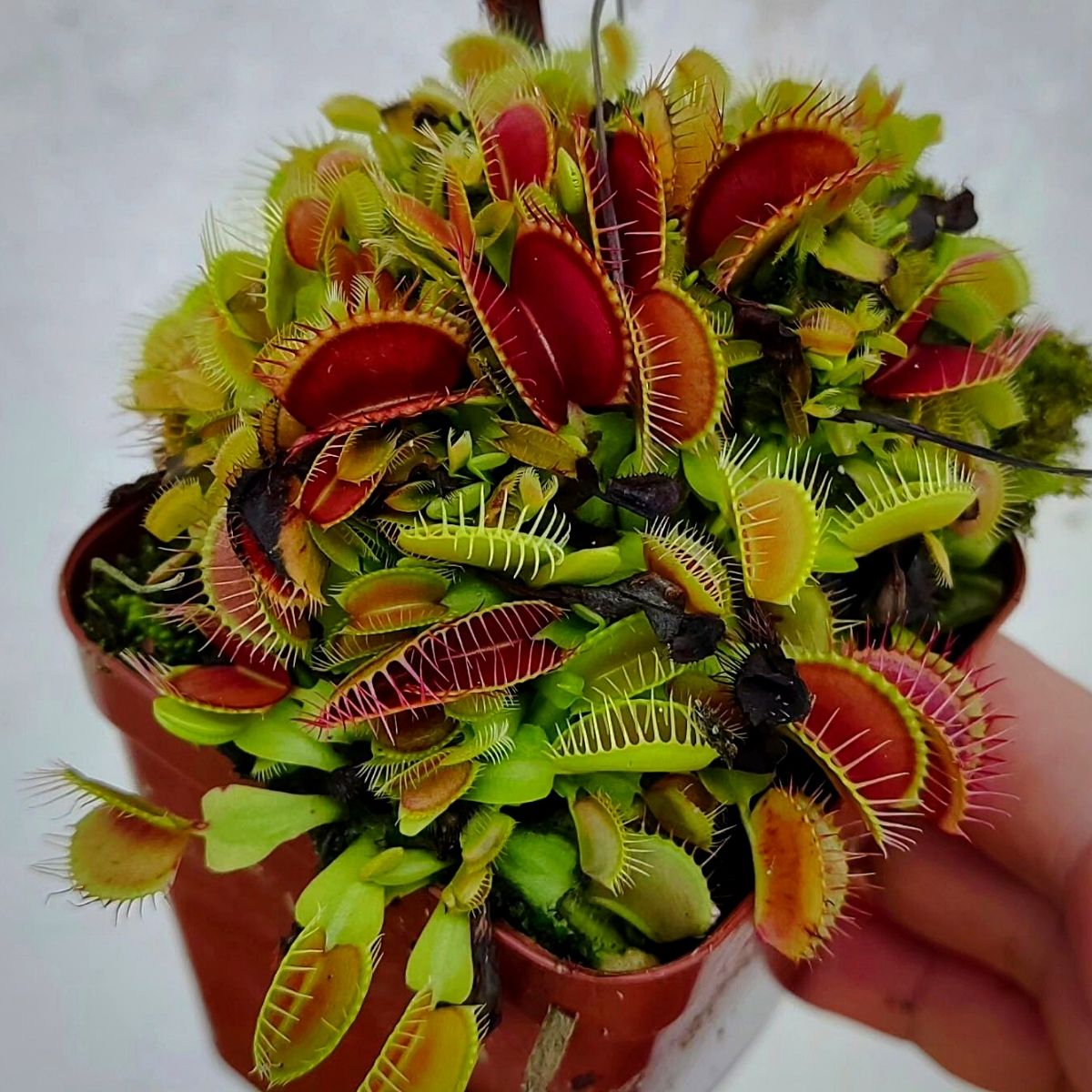
It also requires bright, direct sunlight for at least several hours a day. Since this type of plant is not a houseplant, it requires a high level of humidity and cannot tolerate dry indoor air. But we'll get into more details right below.
Venus Flytrap Facts
In case you needed a dose of Venus, here are 10 facts you probably didn't know about this mesmerizing plant:
- The Venus Flytrap plant is native to the wetlands of North and South Carolina in the United States.
- The Venus Flytrap scientific name is 'Dionaea muscipula'.
- Venus Flytrap is a carnivorous plant that feeds on insects, spiders, mites, and other small invertebrates.
- The trapping mechanism of Venus Flytraps is incredibly fast and precise, with the two lobes of the trap snapping shut in less than a second.
- The trigger hairs on the surface of the trap are highly sensitive and can detect the movements of even small prey.
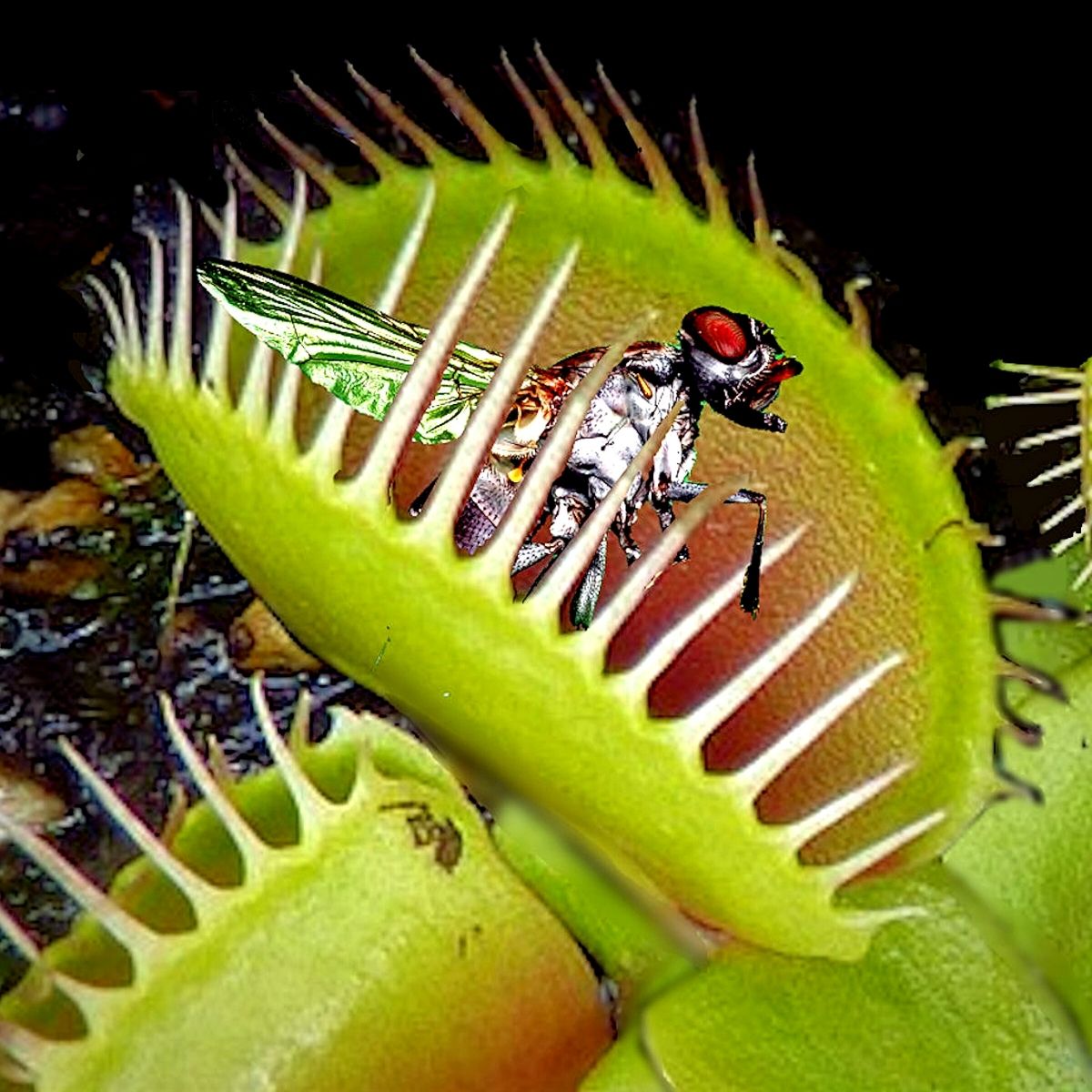
- Venus Flytraps are one of the most well-known carnivorous plants in the world and a popular plant for cultivation.
- The plant produces tall stems with small, white flowers when it is in bloom.
- The Venus Flytrap flower is a protected species in the wild and is illegal to harvest or collect without a permit.
- How big do Venus Flytraps get? Well, it all depends on some factors, like age or growing conditions. However, a typical Venus Flytrap plant grows to 4-5 inches (10-13 cm) in diameter.
- The plant has a lifespan of up to 20 years in the wild.
- Last but not least, the Venus Flytrap is not a houseplant and requires specific growing conditions, including acidic soil, constant moisture, and bright, direct sunlight.
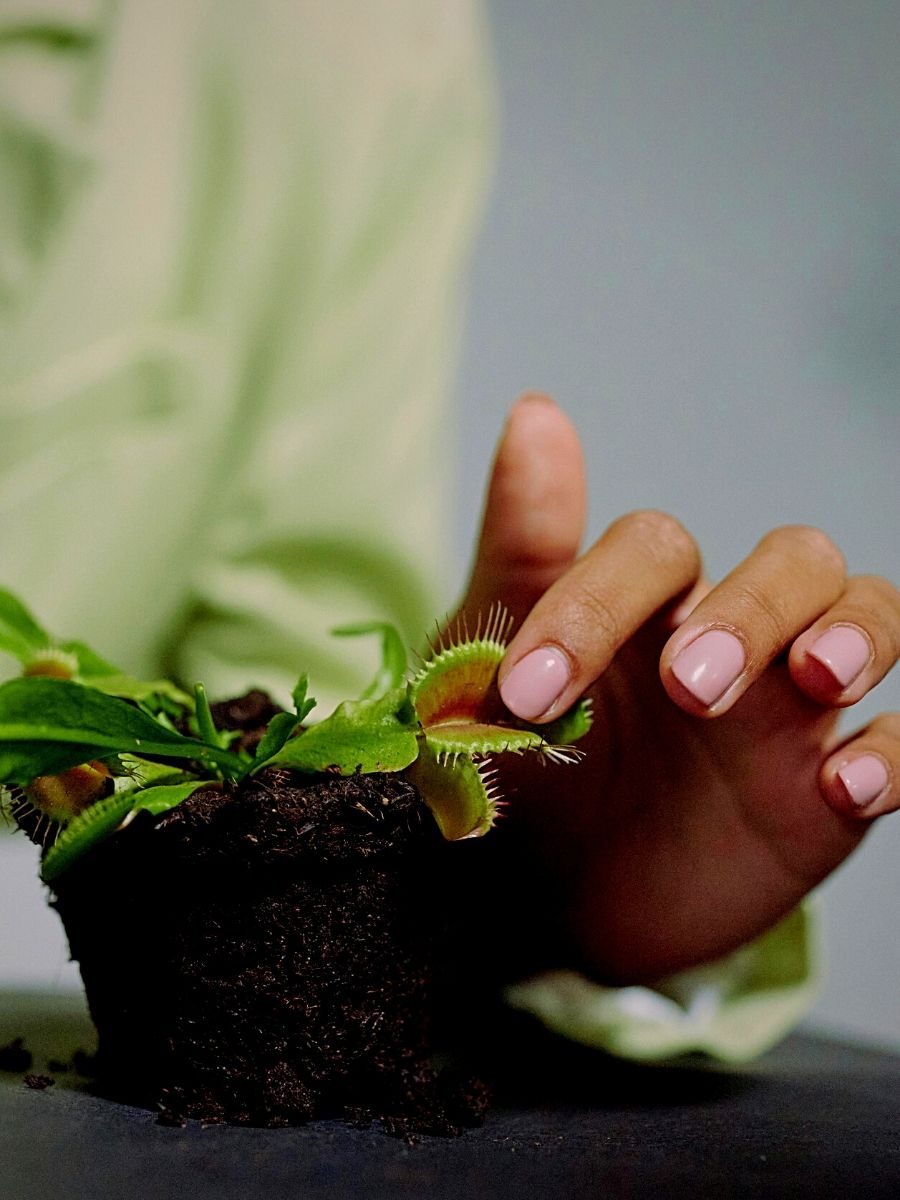
How to Take Care of a Venus Flytrap
Venus Flytraps are fascinating plants to grow, but they require specific care to thrive. Here are some tips on how to care for it:
When it comes to the soil, the Venus Flytrap plant prefers well-draining, acidic soil that is low in nutrients. You can use a mix of sphagnum moss and perlite or sand to create a suitable growing medium. The watering part comes next! Venus Flytraps need to be kept consistently moist, but they should not be waterlogged. Water with distilled water, rainwater, or reverse osmosis water to avoid adding minerals to the soil.
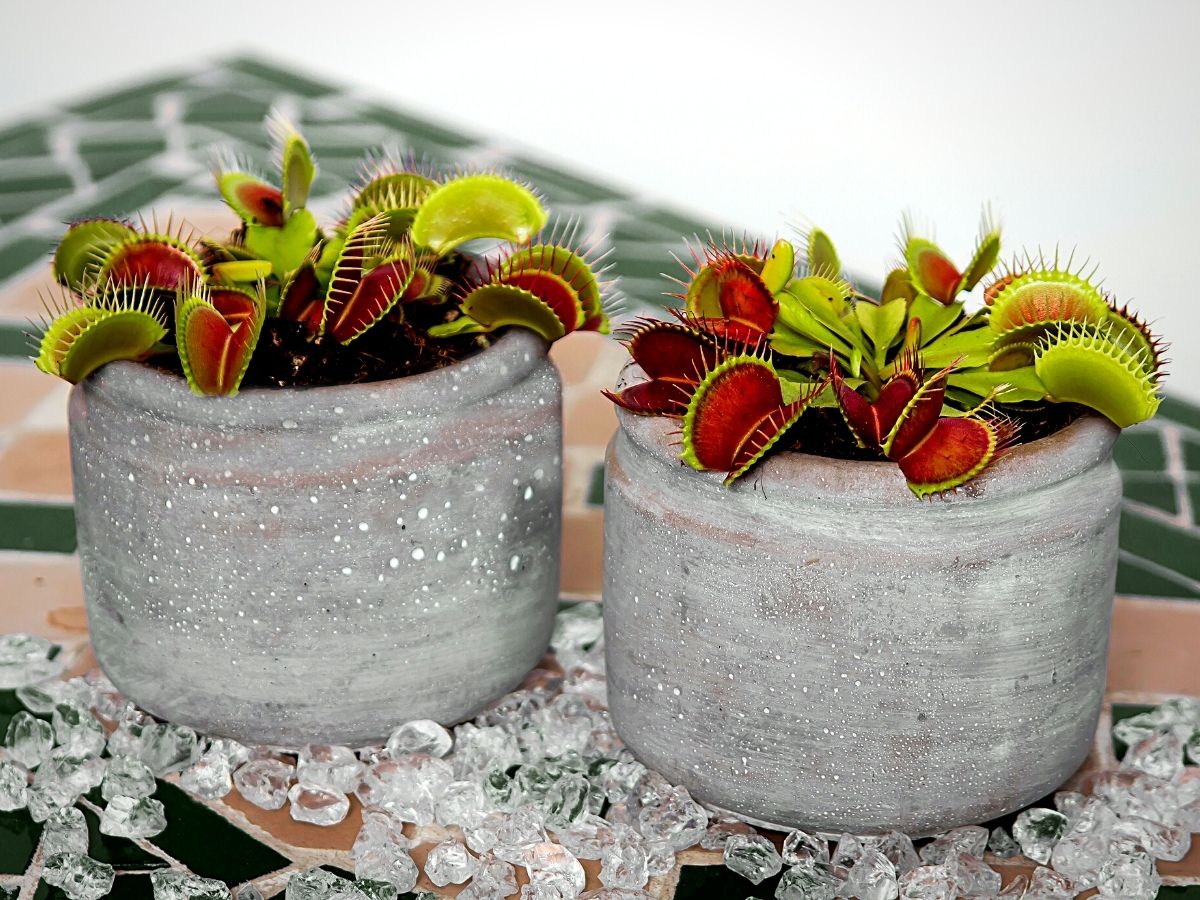
Photo by RainerBerns
Next up, if you want your carnivorous plant to fully thrive and survive, it needs a high level of humidity. You can increase humidity by placing a humidity tray filled with water under the plant. On another note, Venus Flytrap care when it comes to lighting requirements is also very important. They require bright, direct sunlight for at least several hours a day. They can be grown outdoors in full sun or indoors under grow lights.
Venus Flytraps feed on insects and other small invertebrates, but they do not require regular feeding. Only feed your Venus Flytrap if it is not catching enough prey naturally. You may not know that Venus Flytrap flowers require a period of dormancy during the winter months. During this time, the plant will stop growing and may lose some leaves.
Reduce watering and move the plant to a cooler location to encourage dormancy. Last but not least, it's important to know that Venus Flytraps are susceptible to pests like spider mites and aphids. Use insecticidal soap or neem oil to control pests.
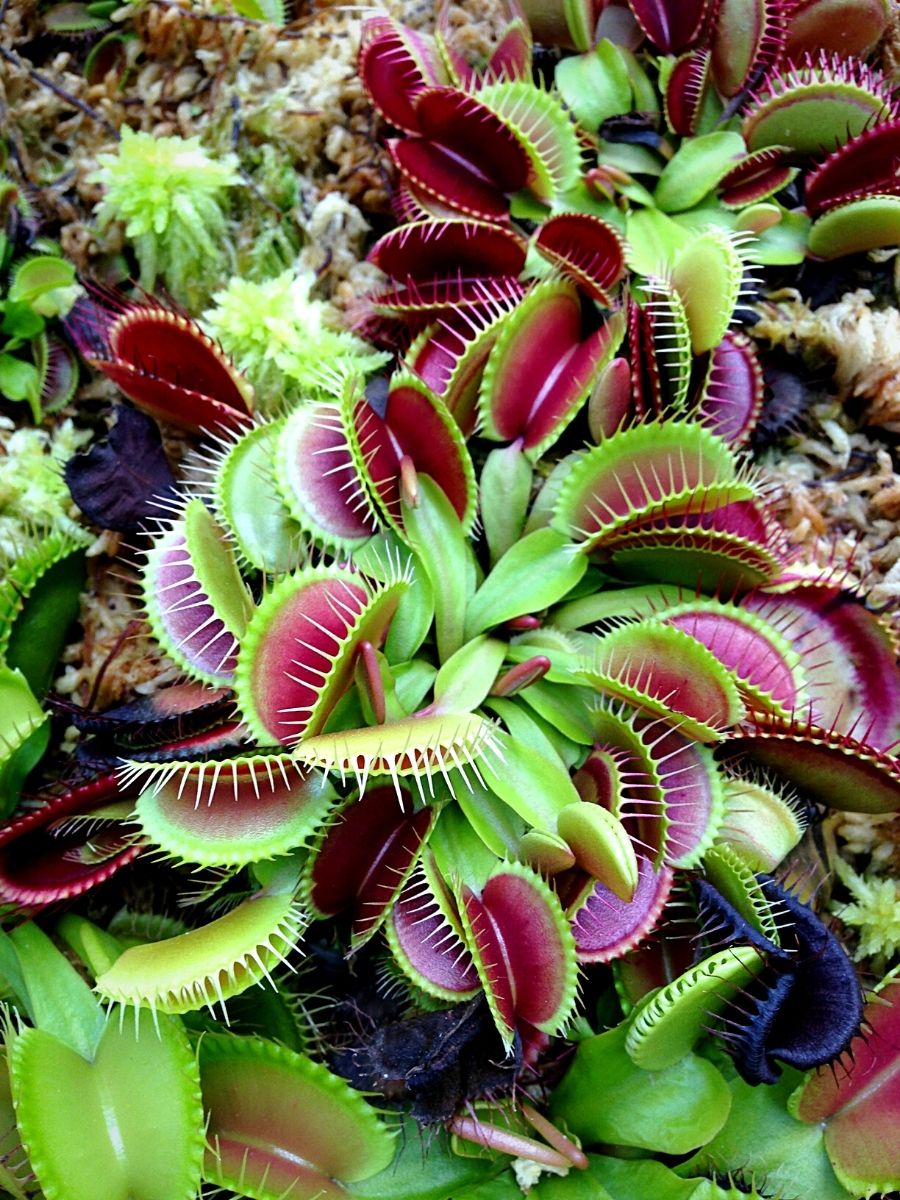
Overall, Venus Flytraps require consistent moisture, high humidity, bright sunlight, and low-nutrient soil to thrive. With proper care, your Venus Flytrap can live for many years and continue to capture the imagination of all who see it.
What to Feed a Venus Flytrap
Venus Flytraps are carnivorous plants that rely on capturing and digesting insects to obtain the nutrients they need for survival. While they can derive some nutrients from the soil, they require a diet of live prey to thrive. If you are interested in feeding a Venus Flytrap, it's important to provide it with the right kind of food to ensure its health and well-being.
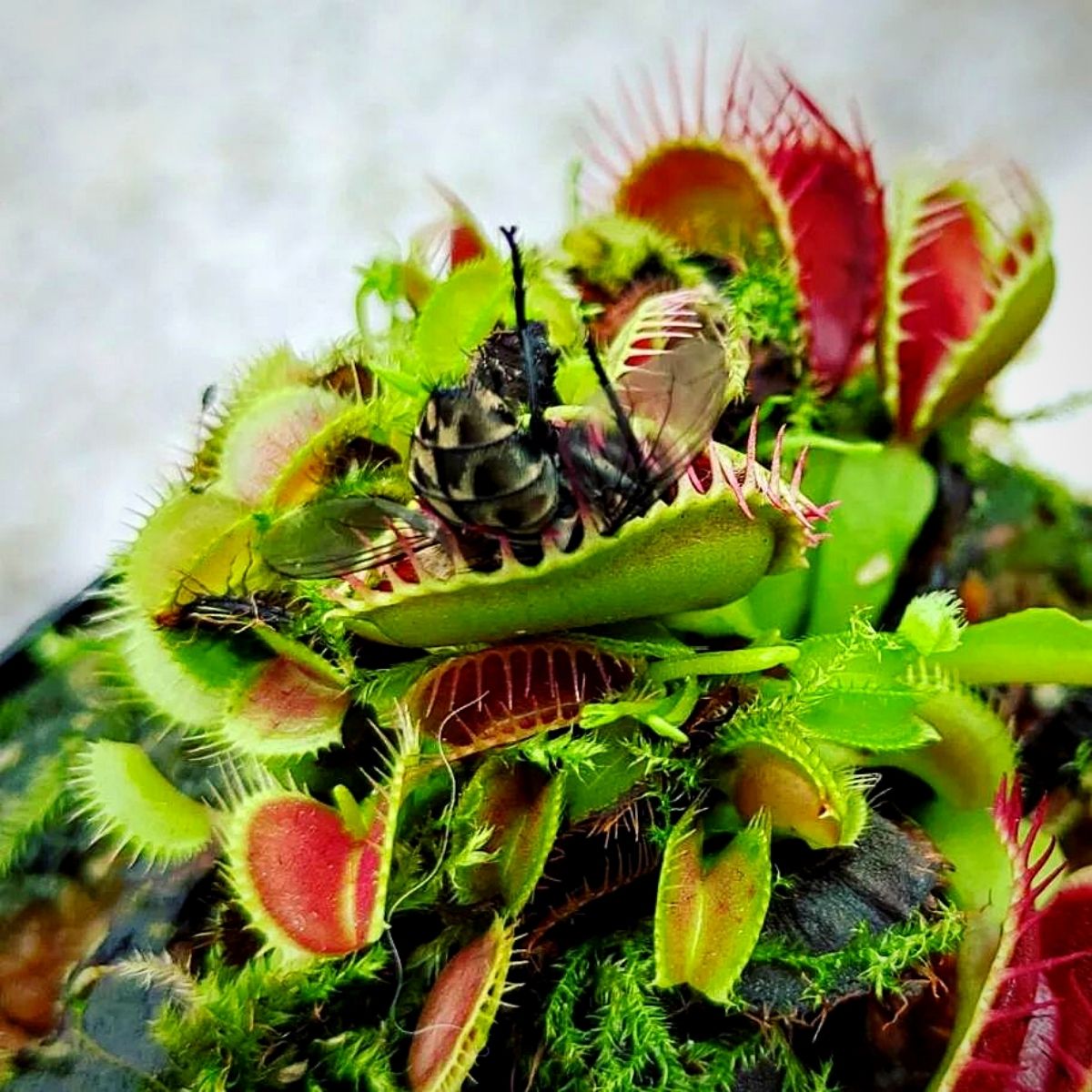
First and foremost, it's key to understand that Venus Flytraps are not able to digest just any kind of insect. They have evolved to consume small, soft-bodied insects, such as ants, flies, and beetles. Larger insects or those with hard exoskeletons, such as grasshoppers, are not suitable prey for Venus flytraps, as they are too difficult to digest.
When feeding Venus Flytraps, it's important to provide them with live insects, as they will be more nutritious and provide the plant with the enzymes it needs to digest its food. You can purchase live insects from pet stores or online retailers that specialize in providing food for carnivorous plants.
When offering your Venus Flytrap food, be sure to choose insects that are small enough to fit inside the trap without being damaged or blocking it from closing properly. Typically, insects that are about one-third the size of the trap are ideal. You can gently place the insect inside the trap using a pair of tweezers or a toothpick, being careful not to trigger the trap prematurely.
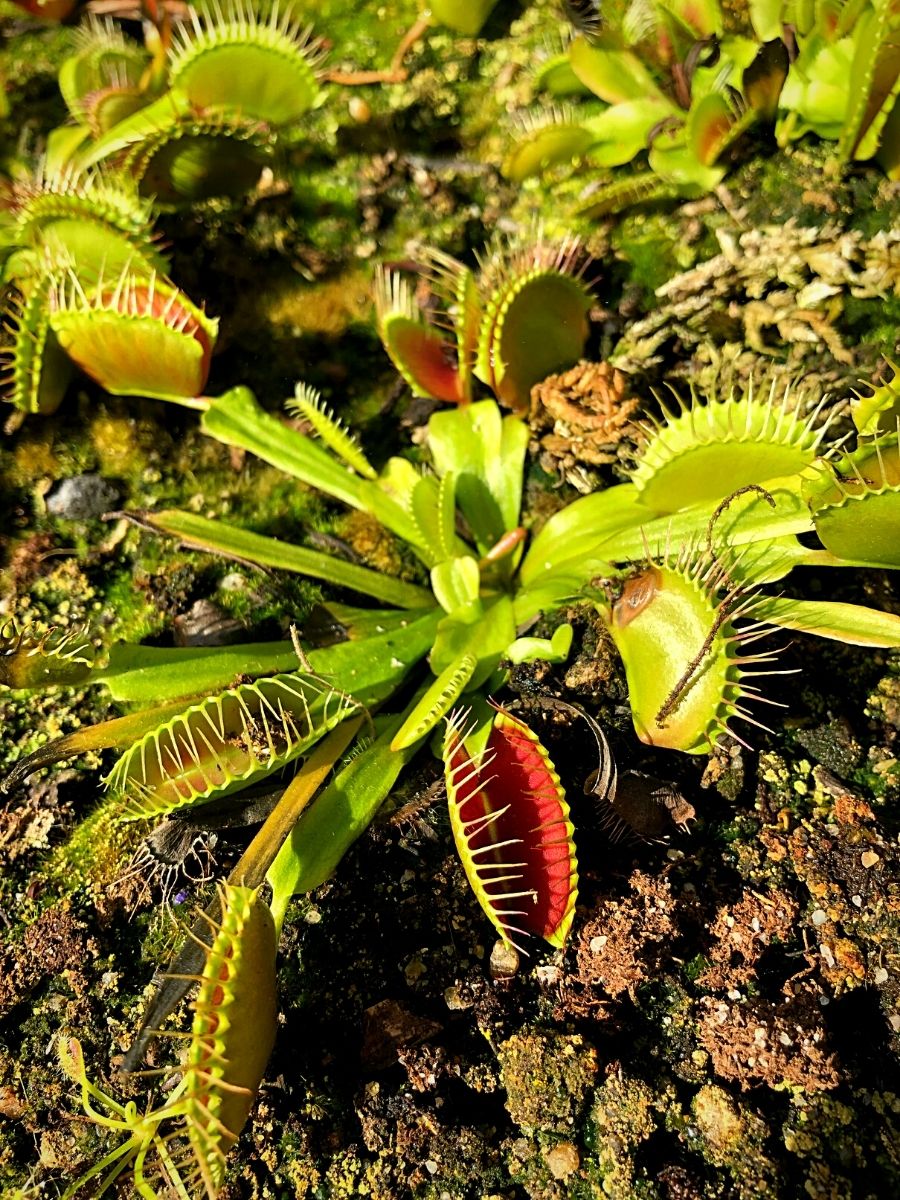
It's important not to overfeed your Venus Flytrap flower, as this can cause it to waste energy and potentially harm the plant. A general rule of thumb is to feed it one or two insects per week, depending on its size and growth rate. If the plant is not growing or appears unhealthy, it may be a sign that it is not receiving enough nutrients, and you may need to increase the frequency of feeding.
Choose the right kind of prey and avoid overfeeding. With proper care and attention, your Venus Flytrap can provide you with years of enjoyment and fascination as you watch it catch and digest its prey.
Water Requirements for a Venus Flytrap Plant
Venus Flytraps are native to wetlands and boggy areas, and they have specific water requirements that must be met in order for them to thrive. As a general rule, these plants need to be kept moist at all times, but they are also sensitive to the type of water that is used for watering.
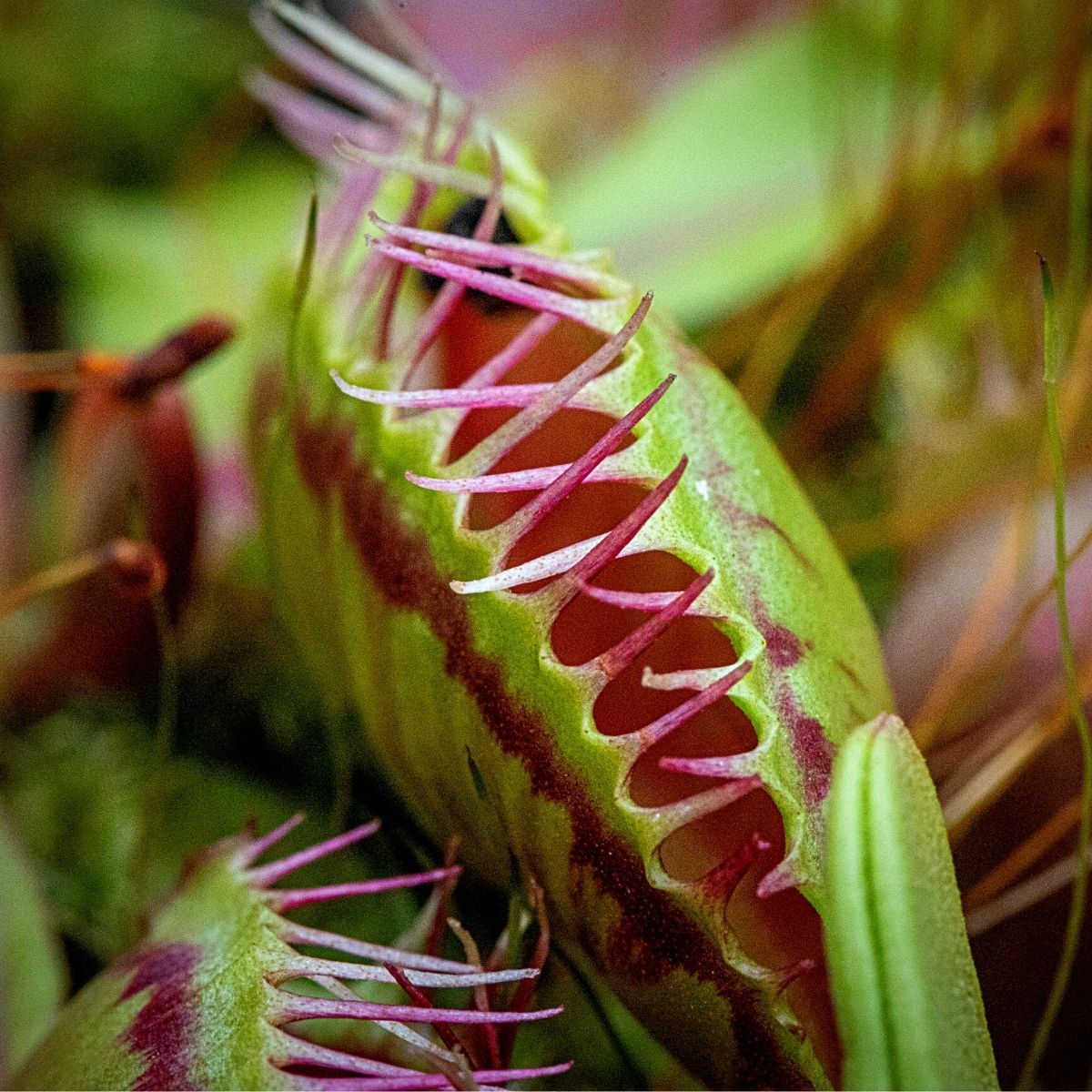
When it comes to watering these plants, they should be watered with distilled or rainwater, as tap water contains minerals that can be harmful to the plant. The water should be added to the tray that the pot sits in, rather than directly to the soil, as this allows the roots to soak up the water as needed.
It's important not to let the soil dry out completely, as this can cause the plant to die. At the same time, overwatering can be just as damaging, as it can cause the roots to rot. So, how much water does a Venus Flytrap need? A good way to determine when it's time to water your Venus Flytrap flower is to check the soil moisture level by touching it with your finger. If it feels dry to the touch, it's time to add water to the tray.
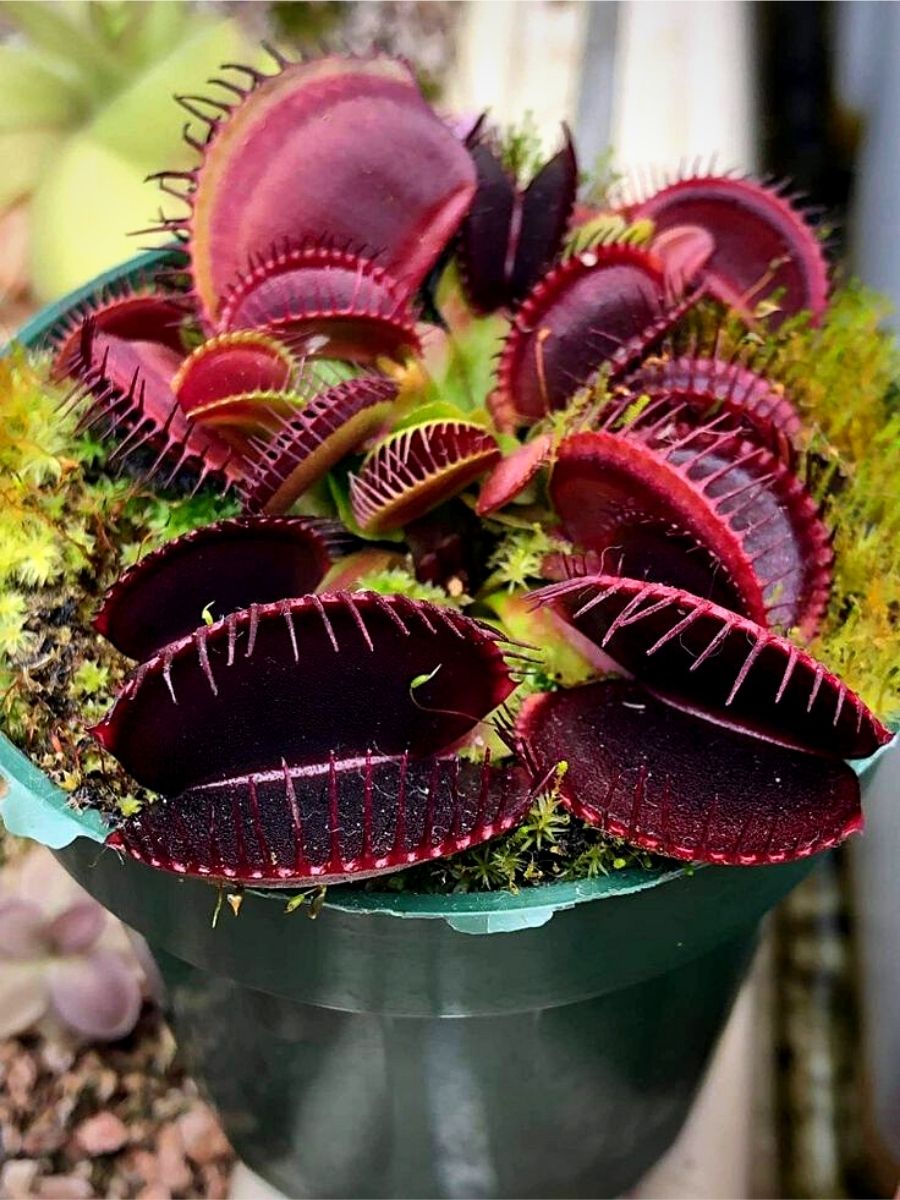
In addition to proper watering, Venus Flytraps also benefit from high humidity levels. You can increase the humidity around the plant by placing it in a tray with pebbles and water, misting it regularly, or using a humidifier. Overall, providing your Venus Flytrap plant with the right amount and type of water is essential to its health and growth. By following these simple guidelines, you can ensure that your plant remains healthy and vibrant for years to come.
What’s the Best Type of Soil for a Venus Flytrap?
Venus Flytraps have specific soil requirements, as they are adapted to grow in nutrient-poor, acidic soils found in their native habitats in the Southeastern United States. The soil that you choose for your plant should be able to hold moisture but should also be well-draining, as the roots are susceptible to rot if they are constantly wet.
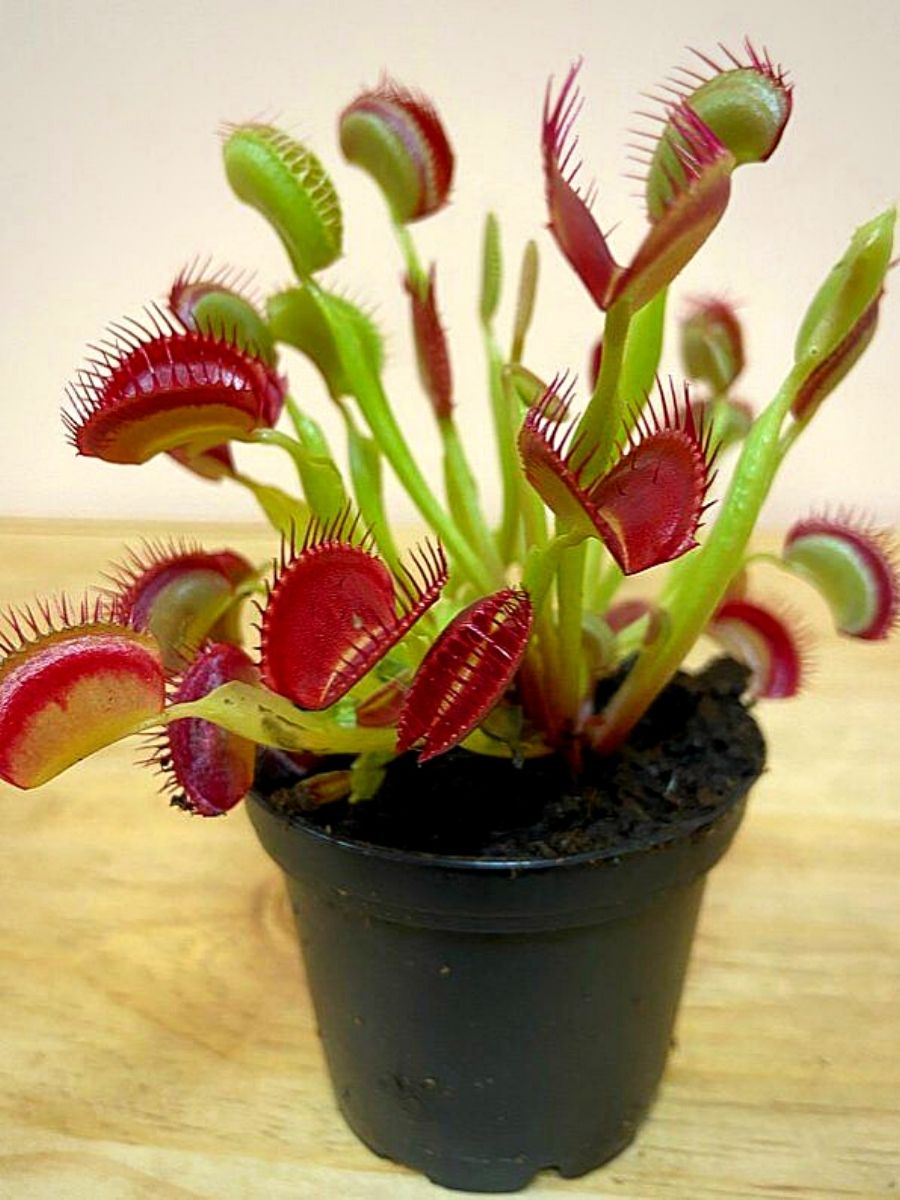
Here are some guidelines on the best type of soil for Venus Flytraps:
- Use a mixture of peat moss and perlite: A common and effective soil mixture for Venus Flytrap plants is a 50:50 mix of peat moss and perlite. Peat moss is an acidic material that helps maintain the low pH that these plants need, while perlite is a lightweight, porous material that improves drainage.
- Avoid using regular potting soil. Regular potting soil is too rich in nutrients and can hold too much moisture, which can suffocate the roots and cause them to rot.
- Avoid using sand! While it might seem logical to add sand to the soil mix to improve drainage, sand can actually cause the soil to compact and become less aerated, which can harm the roots.
- Consider using sphagnum moss to care for your Venus Flytrap. Sphagnum moss is another alternative to peat moss that can be used to create an acidic, well-draining soil mix for it.
- It's crucial to ensure that the soil is moist but not saturated and that the roots are not disturbed or damaged. With the right soil mix and proper care, your Venus Flytrap can thrive and provide you with years of enjoyment.
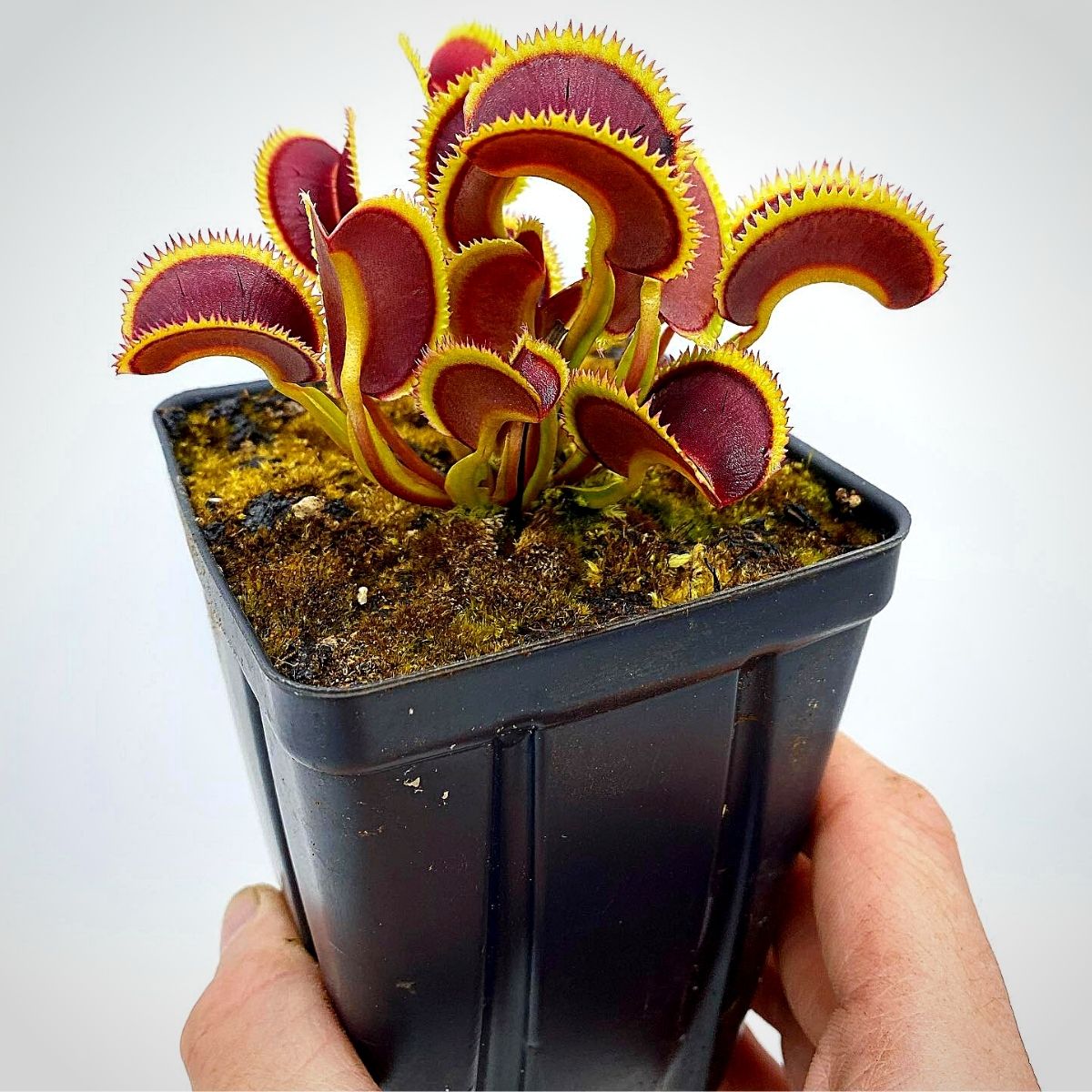
How Much Sunlight Does a Venus Flytrap Need?
Venus Flytrap flowers require a significant amount of sunlight to grow and thrive. As a general rule, they should be placed in a location that receives at least 4-6 hours of direct sunlight each day, preferably in a south-facing window or outdoors in a sunny location. However, it's important to note that the intensity of the sunlight can vary depending on the climate and time of year, so it's important to monitor the plant and adjust its placement as needed.
While Venus Flytraps need plenty of sunlight to photosynthesize and produce energy, it's also important not to expose them to too much direct sunlight, especially during the hottest part of the day. Overexposure to direct sunlight can cause the plant to dry out and wilt, and can even cause the leaves to turn brown or black. To prevent this, you can provide some shade for your carnivorous plant during the hottest part of the day, or move it to a location with filtered sunlight.
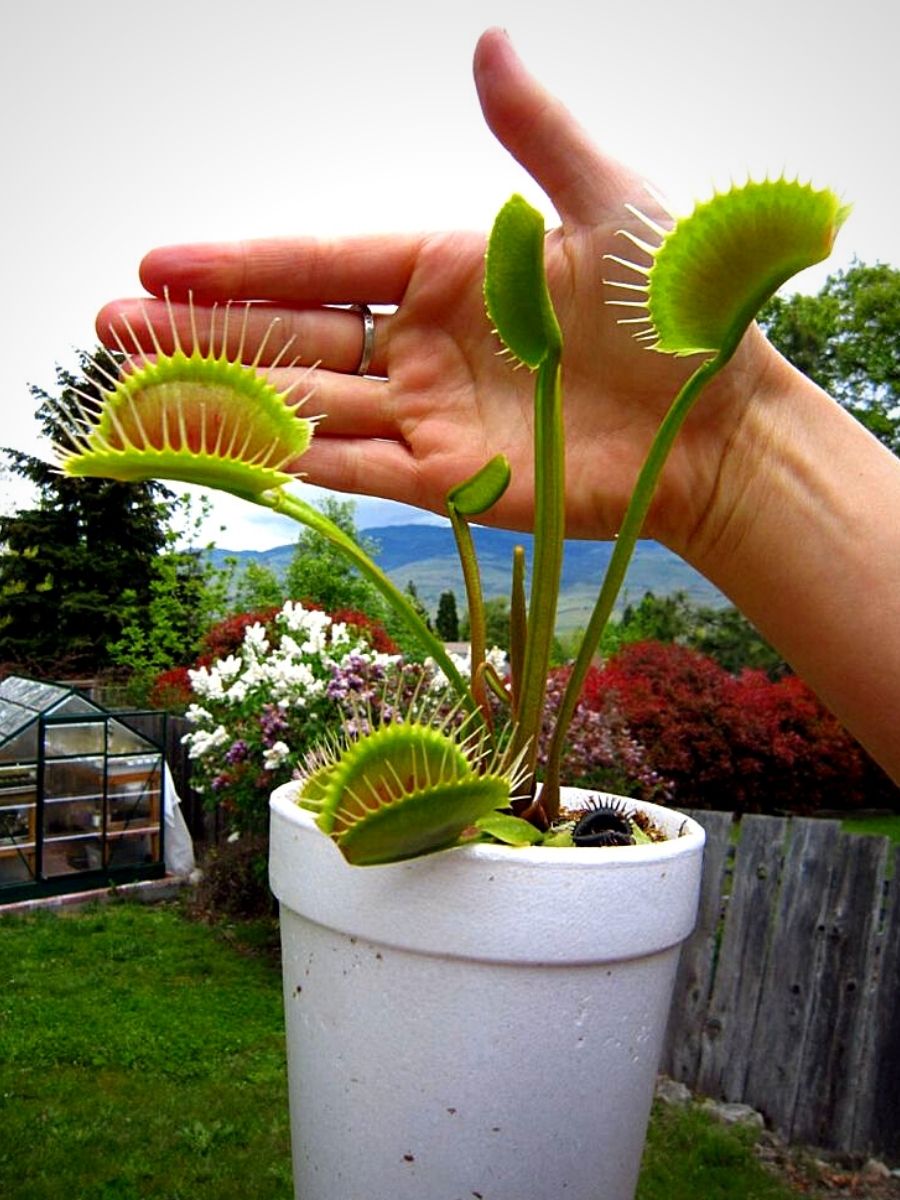
In addition to direct sunlight, Venus Flytraps can also benefit from artificial light sources, such as fluorescent or LED lights, especially if they are being grown indoors. If using artificial light, it's important to choose a light source that provides a spectrum of light similar to that of natural sunlight and to adjust the distance between the light and the plant to avoid overheating or drying out.
Venus Flytrap Flowers and Seeds
A Venus Flytrap flower is a unique and interesting feature of the plant, and it is quite different from the carnivorous leaves that the plant is known for. The flower stalk emerges from the center of the plant in the spring, and it can grow up to 18 inches (45cm) tall. The flowers themselves are small, white, and have five petals that are fused together to form a star-shaped structure. The flowers produce nectar that attracts insects, but they are not carnivorous like the leaves.
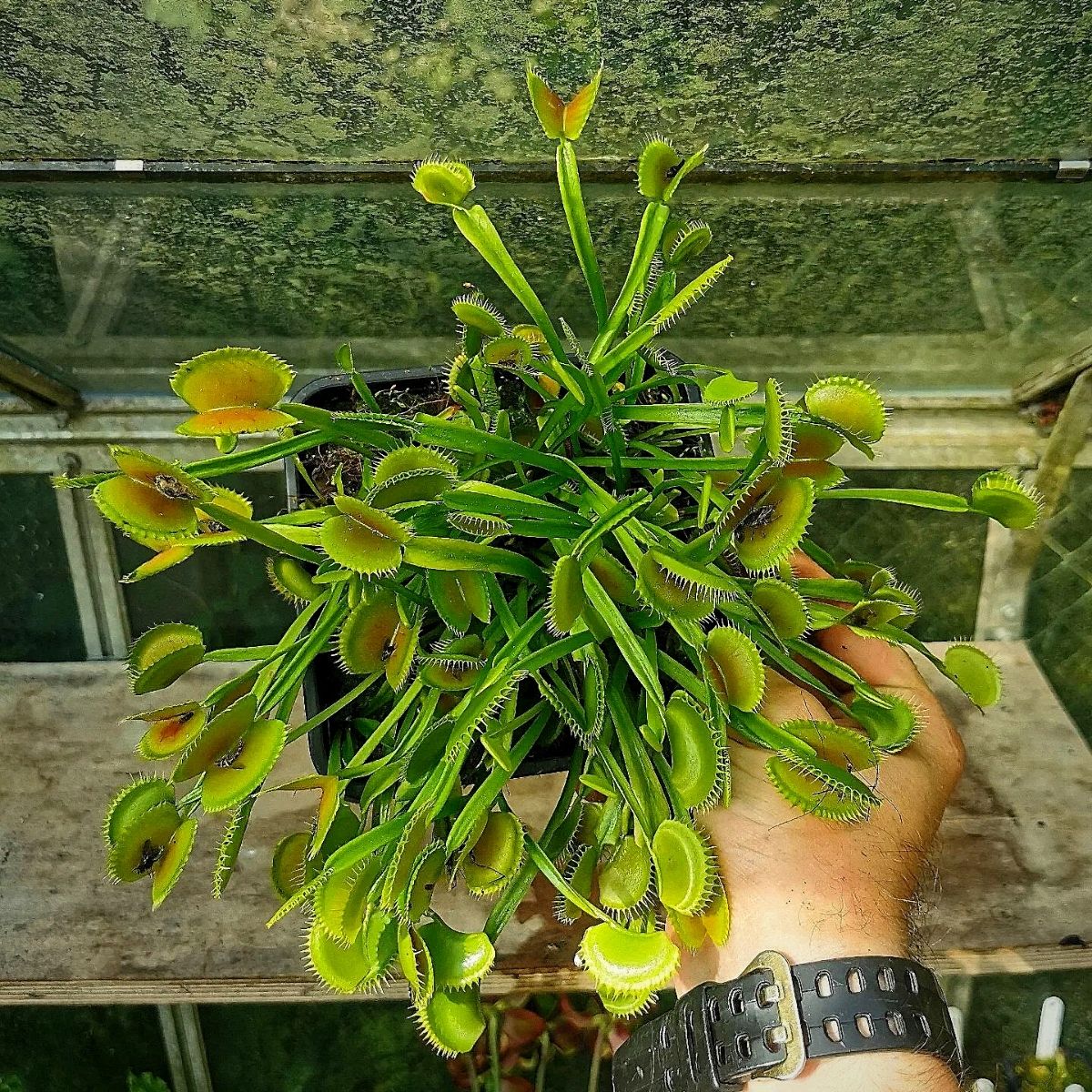
Once the flower has been pollinated, it will eventually produce seed pods that contain numerous small black seeds. The Venus Flytrap seeds are oval-shaped and can grow up to 1/2 inch (1.30 cm) in length. The seeds are small and light, and they are dispersed by wind or water. When the seed pod dries out, it splits open to release the seeds, which can then germinate and grow into new Venus Flytrap plants under the right conditions.
It's important to note that while Venus Flytrap flowers are an interesting and unique aspect of the plant, they can also be a sign of stress or a lack of proper growing conditions. Venus Flytraps typically only produce flowers when they are mature and have been grown in optimal conditions, such as bright light, a proper soil mix, and adequate water and humidity.
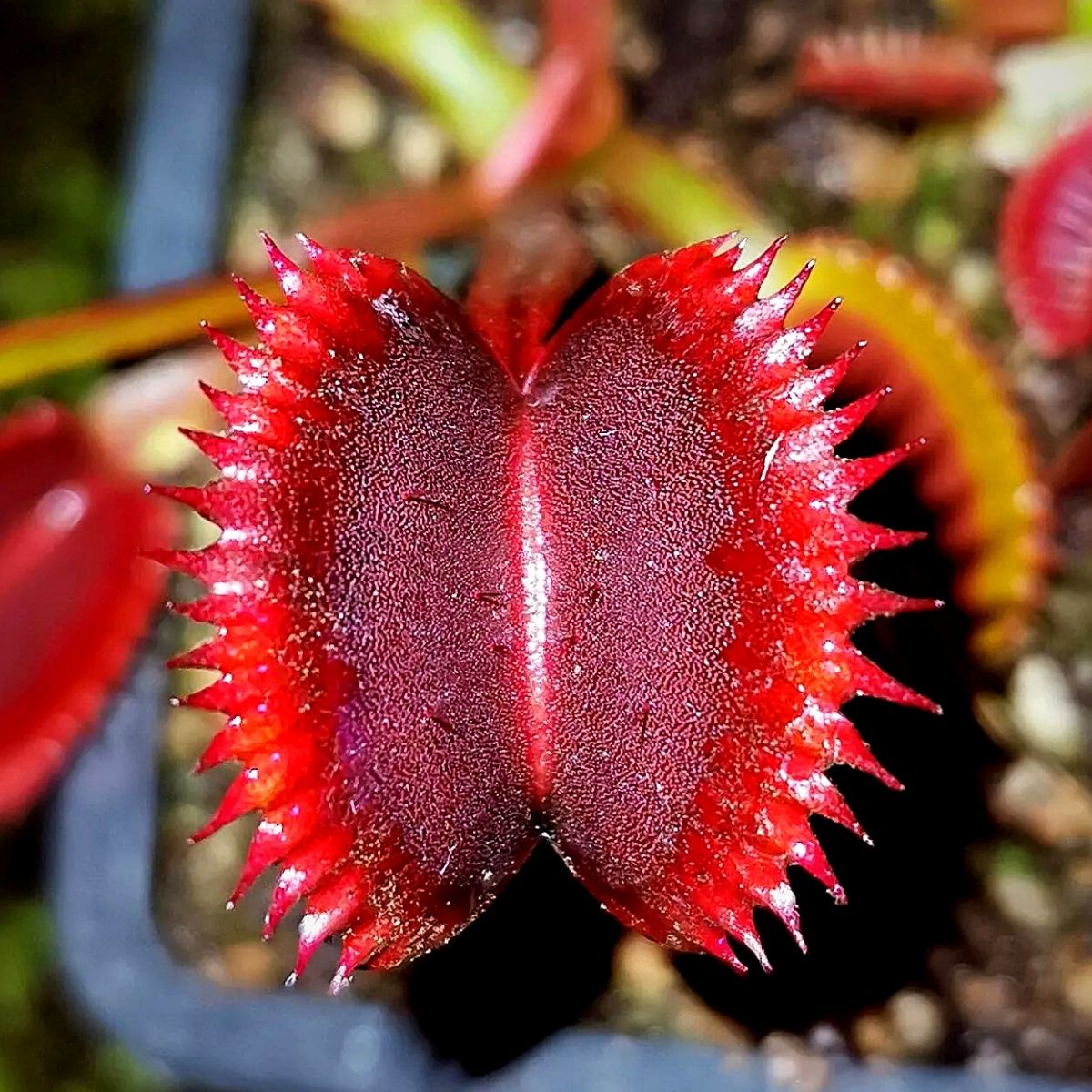
Photo by @peculiar.plants
PS: If your Venus Flytrap is flowering but not growing well, it may be a sign that it needs some adjustments to its growing conditions to help it thrive!
Feature image by Ron Lach, header image by Andi Superkem.

